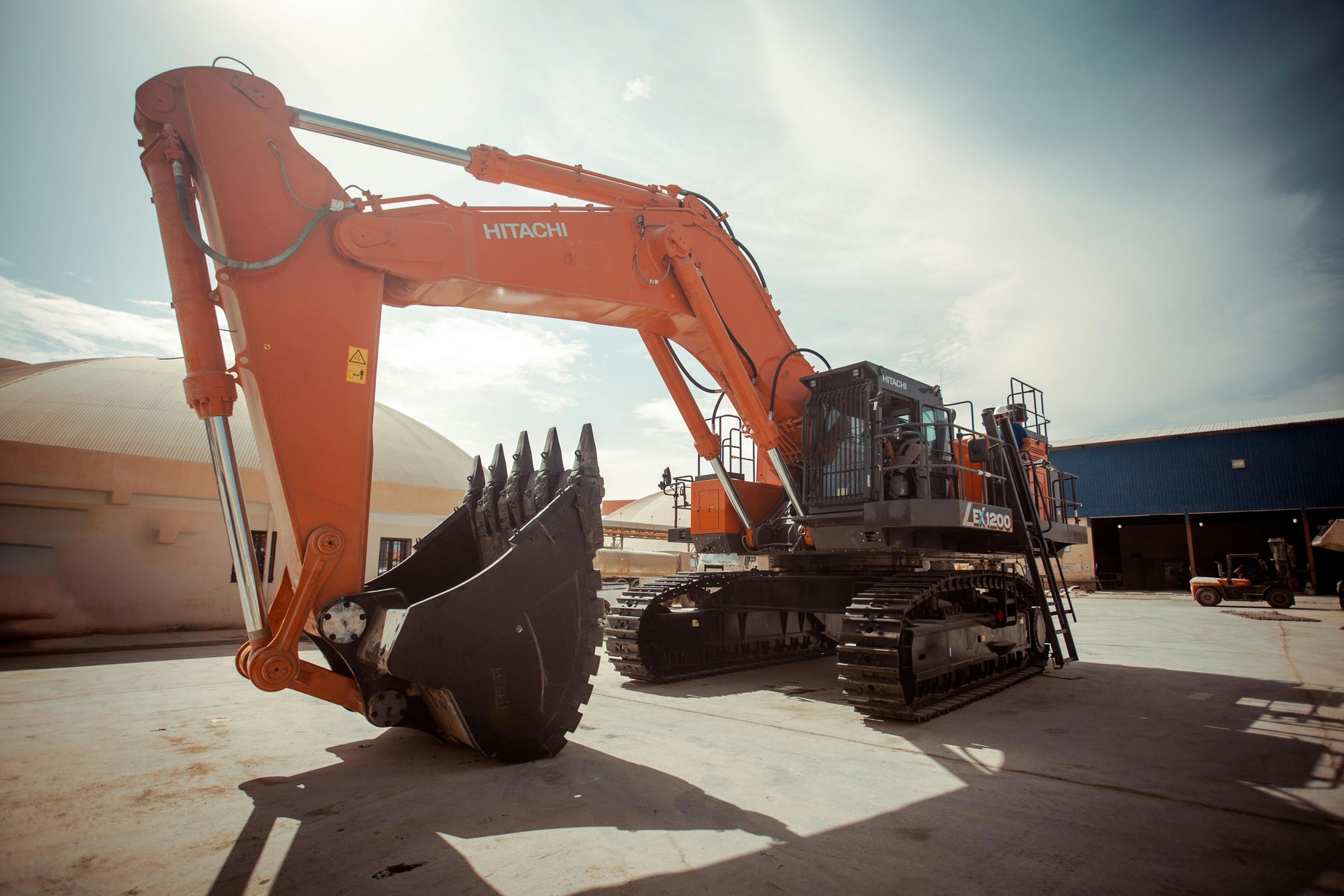
5 Common Causes of Heavy Equipment Accidents
Heavy equipment accidents on construction sites in Canada pose significant risks to workers' safety. Understanding the common causes of these incidents is essential for preventative measures and creating a safer working environment. Here, we delve into the most frequent factors contributing to heavy machinery accidents:
-
Inadequate Safety Measures and Protocols: Accidents often occur due to insufficient implementation of safety measures and protocols. This includes a lack of proper safeguards, failure to wear appropriate personal protective equipment (PPE), and disregard for safety procedures. Employers must ensure stringent adherence to established safety norms to mitigate risks.
-
Poor Training and Lack of Experience: Inadequate training and lack of experience among workers are leading causes of accidents. Workers must be properly educated on the operation, assembly, and maintenance of heavy machinery. Employers need to provide comprehensive training programs to equip workers with necessary skills and knowledge.
-
Lack of Fall Protection and Rollover Protection: Providing appropriate fall protection and rollover protection systems is crucial. The failure to install and use these systems properly can lead to fatal accidents. Regular maintenance and checks of protection systems are essential to assure their effectiveness.
-
Fatigue and Stress: Operating heavy machinery while fatigued or stressed increases the likelihood of mistakes. It is vital to address workers' well-being by managing shifts and providing adequate rest periods to ensure they remain alert and capable of handling equipment safely.
-
Being Struck by Moving Vehicles: These incidents often arise from poor visibility, inadequate reflective clothing, or insufficient site logistics to manage moving machinery and equipment. Employers should ensure clear pathways, proper lighting, and the use of reflective safety gear.
Chart: Common Causes of Heavy Equipment Accidents in Canada
| Causes | Description | Percentage Contribution |
|---|---|---|
| Inadequate Safety Measures & Protocols | Lack of proper safeguards, PPE, and safety procedure compliance | High |
| Poor Training & Lack of Experience | Workers not adequately trained or experienced in handling equipment | High |
| Lack of Fall & Rollover Protection | Failure to provide appropriate fall and rollover protection systems | Moderate |
| Fatigue & Stress | Operating machinery under fatigue or stress | Moderate |
| Struck by Moving Vehicles | Incidents due to poor visibility and inadequate site management | Significant |
In summary, enhancing safety measures, ensuring thorough training, and addressing worker well-being are critical steps toward reducing heavy equipment accidents in Canada. By focusing on these areas, construction sites can become safer and more productive, contributing to the overall well-being of workers.